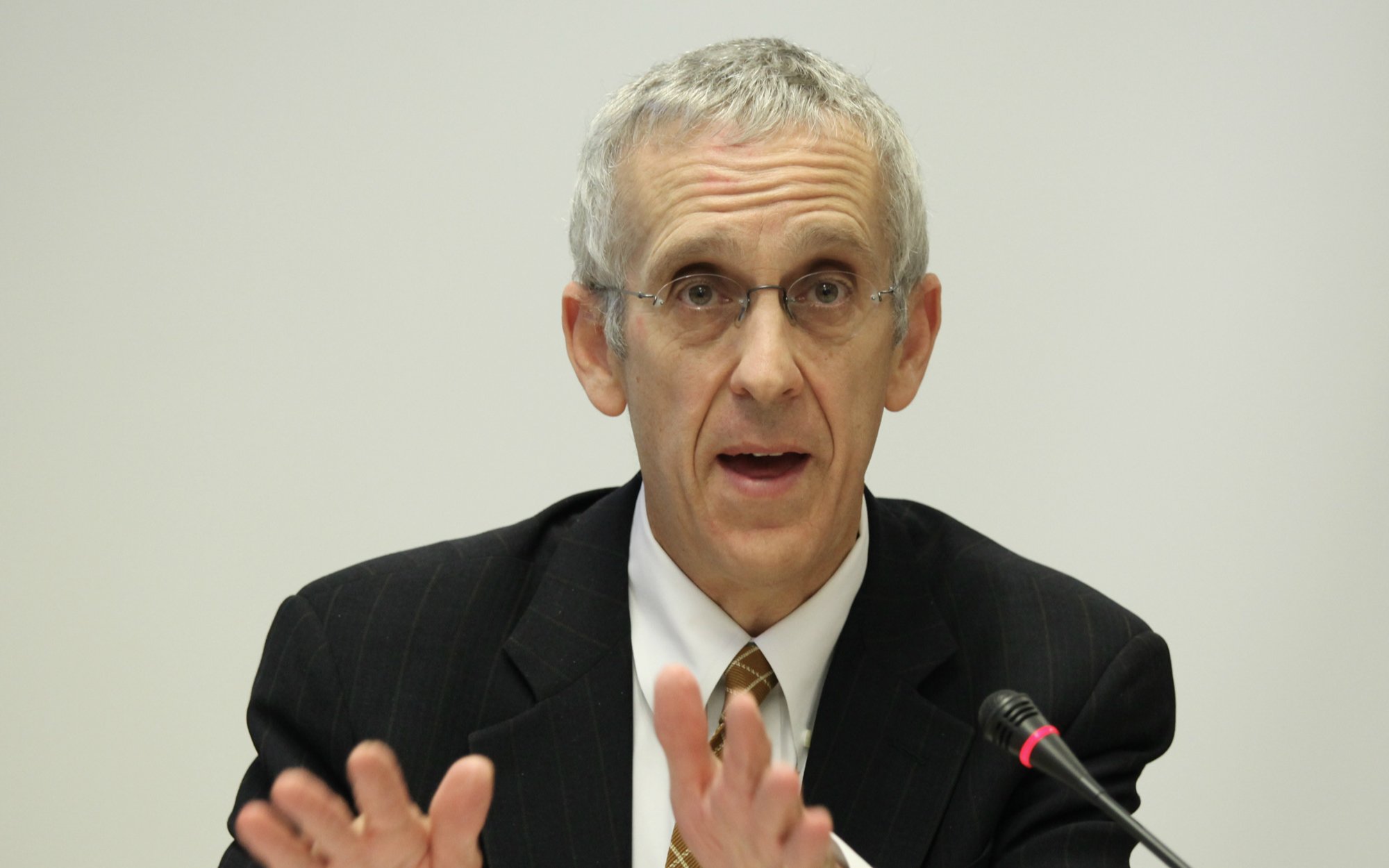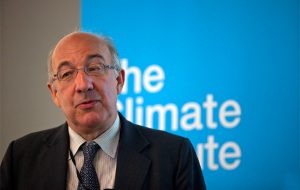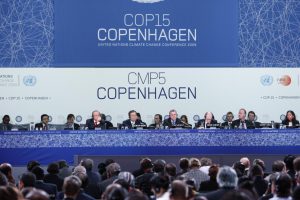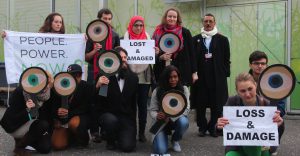In the months leading up to Paris, governments have shown an unprecedented political will to address climate change. More than 170 countries have submitted national climate targets. China, for example, aims to peak carbon emissions around 2030 and increase non-fossil energy to meet 20% of its energy consumption by the same year. The US, for its part, aims to reduce greenhouse gas emissions 26 to 28% below 2005 levels by 2025.
Despite such political will, there are hurdles to reaching a final agreement. Key questions remain, such as how to address international climate finance and how to acknowledge that participating countries are at different stages of development with different capacities to address climate change.
Many members of the non-governmental climate community in the US have two goals in mind for COP21. One is for the COP to produce an effective climate agreement – that is, an agreement that can drive rapid mitigation of carbon pollution, mobilise finance for the most climate-vulnerable developing regions, and spur adaptation to the effects of climate change. The second is for it to produce an agreement in which the US can participate given the constraints of the current political landscape.
Here is a summary of topics high on the US agenda:
Transition to clean energy
In order for COP21 to successfully confront climate change, it needs to establish a lasting international framework that encourages all countries to make increasingly ambitious commitments to curb carbon pollution and provides transparency on national and collective progress.
The US supports the idea of five-year cycles for countries to update their national goals and a single reporting system, with flexibility built in for countries that may require it. The US also supports a collective long-term goal on the transition to clean energy. During the October negotiating session in Bonn, Germany, it proposed the global goal of “decarbonisation over the course of the century.”
Differentiation
The Paris agreement should recognise that countries are at different stages of development, have different levels of responsibility for carbon emissions, and have different capacities to address climate change. At the same time, for the sake of efficacy, the agreement also should ensure that all countries are making their best effort to reduce carbon emissions given their national circumstances.
Last November, China and the US – the two largest carbon emitters – unveiled their post-2020 national climate targets in a joint announcement. This provided leadership and momentum for the influx of national climate goals that have now been submitted to the UN Framework Convention on Climate Change, or UNFCCC.
The announcement was also significant with respect to domestic US politics. In 1997, the US did not participate in the Kyoto Protocol, which required climate action only from developed countries, in part because the Senate was concerned about the country being put at a competitive disadvantage. The China-US announcement suggested that the Paris agreement may unite the world’s major economies as allies in a way that Kyoto could not.
It is therefore important – both for the efficacy of the agreement and also for the prospect of US participation – that the agreement respects the differences among countries without reverting to a Kyoto-era bifurcation (division) of responsibilities. An assignment of obligations based on the two categories established by the UNFCCC in 1992 and known as “the annexes” is a red line for US negotiators, who argue that the annexes do not represent the current landscapes of development, emissions, and capacity. Nor, one might add, does it represent the landscape of global climate leadership, which is currently being displayed by many developing countries, including China and Mexico.
International climate finance
In the months preceding Paris, many governments have shown their financial commitment to a low-carbon transition and climate-resilient economy. The US, for example, pledged US$3 billion to the new Green Climate Fund, which has now reached more than US$10 billion. Meanwhile, China has pledged more than US$3 billion to the China South-South Cooperation Fund on Climate Change.
In order for the Paris finance package to be credible, it must facilitate support from those who can provide it to the most vulnerable developing countries. It should have particular provisions, for example, for the Least-Developed Countries and the Small Island Developing States, and particular provisions for adaptation finance, which to date has been very deficient.
That said, negotiators for the US and other developed countries – which in 2009 pledged to collectively mobilize US$100 billion yearly for developing countries by 2020 – are unwilling to commit to a post-2020 scale-up of the US$100 billion that is open-ended. These negotiators also stress the need to call on all countries with the ability to do so – as well as the private sector – to support the global economic shift that will be required to confront climate change.
Legal form
The outcome of the COP will be a package that includes the core agreement, as well as associated decisions and commitments, including national climate targets. It is expected that the core agreement will have legal force under international law, as decided by the parties in 2011, but the legal status of the national targets is an outstanding issue that has implications for the ability of the US to participate.
Legally binding national targets would suggest the need for formal approval by the US Senate, which, in contrast to the Obama Administration, is not currently a champion of climate action.
However, a legally binding core agreement with national targets that are political commitments would qualify as an executive agreement in the US, and the government would be able to participate without formal Senate approval on several grounds.
It is not only the effect on US participation that recommends this legal configuration. Major economies such as China and India, for example, have track records of resisting national targets that are binding under international law.
Loss and damage
“Loss and damage” refers to the harm – both economic and non-economic – caused by climate change. The topic of how to address loss and damage is not equivalent to the topic of climate compensation -which is the idea that those responsible for carbon pollution should pay for any climate-induced harm – and these topics should not be mistakenly conflated. However, early discussions of loss and damage in the UNFCCC involved calls for compensation, which are still common. Loss and damage is therefore a topic that historically has caused discord among the parties.
The questions of where and how loss and damage should be addressed in the Paris package are unsettled. US negotiators have held that loss and damage should be addressed not in the core agreement but in a separate decision text and have proposed language on climate migration and insurance. But prominent acknowledgement of loss and damage is a priority for the Small Island Developing States and other developing parties that are particularly vulnerable to climate impacts.
The US has indicated that if loss and damage were to be addressed in the core agreement, there should be some language that excludes the notion of compensation. Meanwhile, developing countries, as represented by the G77+China negotiating bloc, have put forward a proposal on loss and damage that makes no mention of the concept of compensation. Perhaps, therefore, the parties are headed toward a solution that can achieve consensus in Paris, after all.







